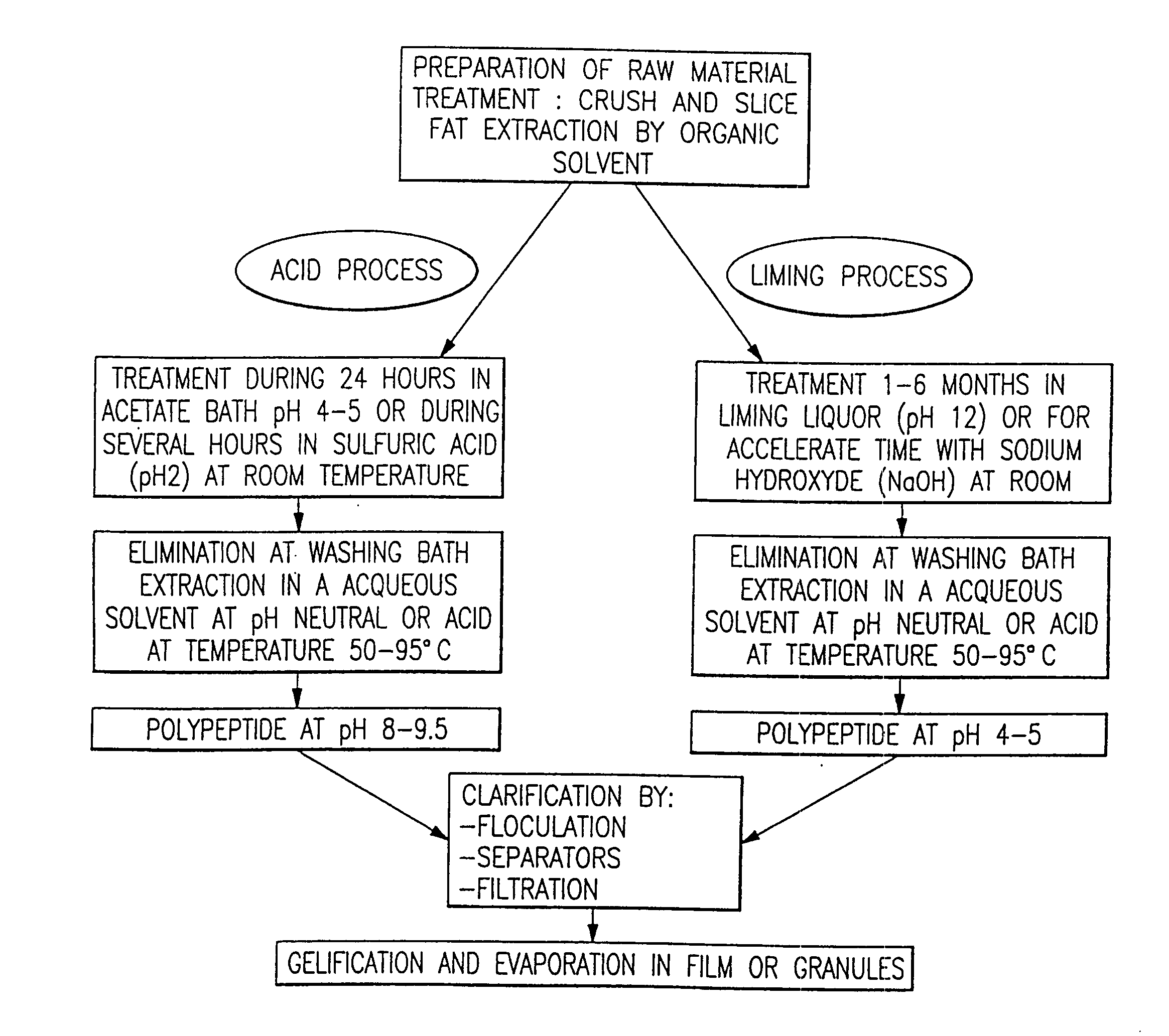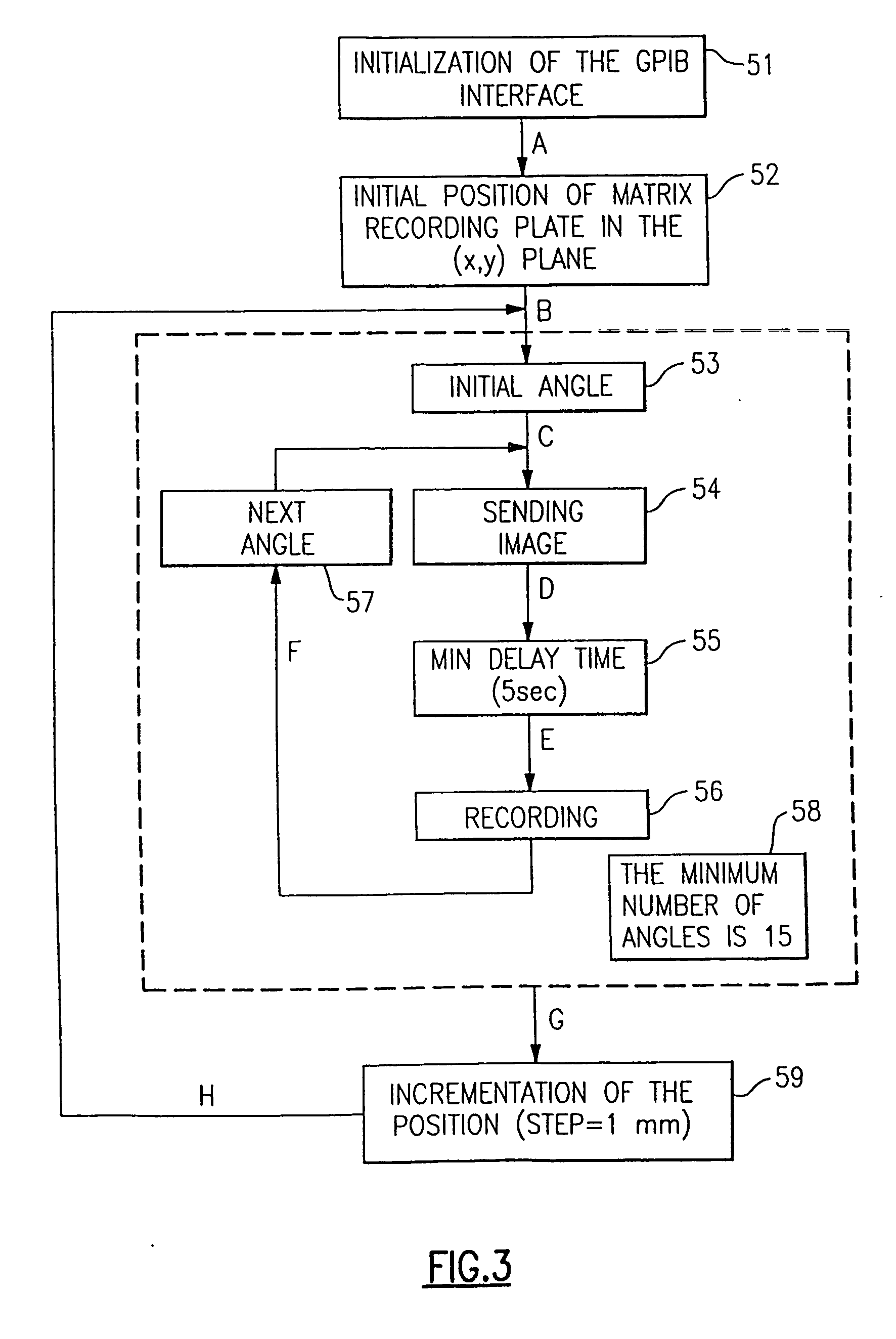Photonics data storage system using a polypeptide material and method for making same
- Summary
- Abstract
- Description
- Claims
- Application Information
AI Technical Summary
Benefits of technology
Problems solved by technology
Method used
Image
Examples
Embodiment Construction
[0078] A photonics data storage system according to the present invention is described comprising a recording (storage) material, a data recording / storage apparatus for recording information on this storage material, and an addressing / data reading apparatus for reading the recorded information from this storage material. The photonics data storage system overcomes the limitations of the previous holographic systems discussed in the prior art.
The Material
[0079] A holography system according to the present invention is described comprising a recording medium (also referred to as a photonics data storage medium, recording material, data storage material, volume holographic memory, data storage recording medium, storage material and polypeptide recording material), a data recording / storage apparatus for recording information on the recording material and an addressing / data reading apparatus for reading the recorded information from the recording material.
[0080] Referring to FIG. 15,...
PUM
 Login to View More
Login to View More Abstract
Description
Claims
Application Information
 Login to View More
Login to View More - R&D
- Intellectual Property
- Life Sciences
- Materials
- Tech Scout
- Unparalleled Data Quality
- Higher Quality Content
- 60% Fewer Hallucinations
Browse by: Latest US Patents, China's latest patents, Technical Efficacy Thesaurus, Application Domain, Technology Topic, Popular Technical Reports.
© 2025 PatSnap. All rights reserved.Legal|Privacy policy|Modern Slavery Act Transparency Statement|Sitemap|About US| Contact US: help@patsnap.com



